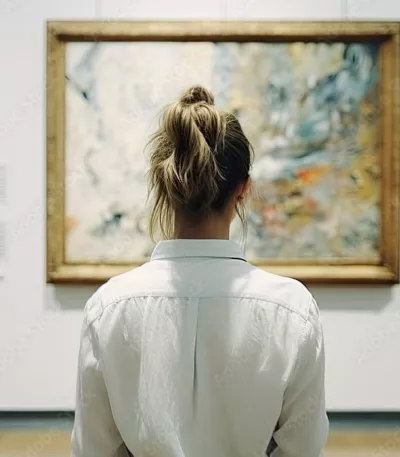What teachers think of Vts
The point of using Vts at school is that of making classes more interactive and thought-provoking. Yet, do you think it is only students gaining from them? Of course not. During ChiacchierArte latest workshops in Italy, last March, and in Spain, last May, teachers from partner associations found out the magic of visual thinking strategies and discovered how surprising a Vts session can be. From Palazzo della Penna in Perugia to Museu Faller de Valencia, they had the chance to explore very different pieces of art -paintings, photographs and installations- and to join a debate on them -just like they will do afterwards at school with their students. Most of them had never taken part to a Vts session before, nor had they moderated one, of course. So, what were their first impressions?
A very common opinion was that Vts are more inclusive than other “ordinary” didactic methods. And more appealing, too. After a session on the painting “Conversaciones en la serre” by Ignacio Pinazo Camarlench (Museo Nacional de Cerámica y Artes Suntuarias "González Martí") Sonsoles Jímenez from Alpe (Valencia, Spain) mentioned that that one was the very first time she focused on the painting, despite visiting the museum several times: that just proved, according to her, that Vts are a great way for approaching artworks even for those students who might think art is something they're not keen on.
Inclusive, appealing and thought-provoking, as they help students going deeper and think critically. “The most interesting part of Vts is that my interpretation of the artworks changed during our workshop. When I first looked at them, I had an idea, which I totally changed after listening to my colleagues’ interpretations”, stated Bülent Çam, teacher in the secondary school Atatürk Ortaokulu, Vezirköprü (Turkey); “In a nutshell, Vts showed me that you can see something from very different points of view.”
